Fishing Guide
There are many species of fish in the nearby lakes around Pelican Rapids. Whether you are looking for a leisurely outing or are seeking to put your fishing skills to the test, you can have the fishing trip you’re looking for here in Lakes Country.
Of course, knowing which fish you are looking for helps you know what to bring with you. Below, you’ll find a list of some of the most common fish found nearby, along with tips on how and where to catch them.
Keep in mind that you’ll want to have a number of bait & tackle options with you. It can be a mistake to assume to know exactly what the fish will want ahead of time.
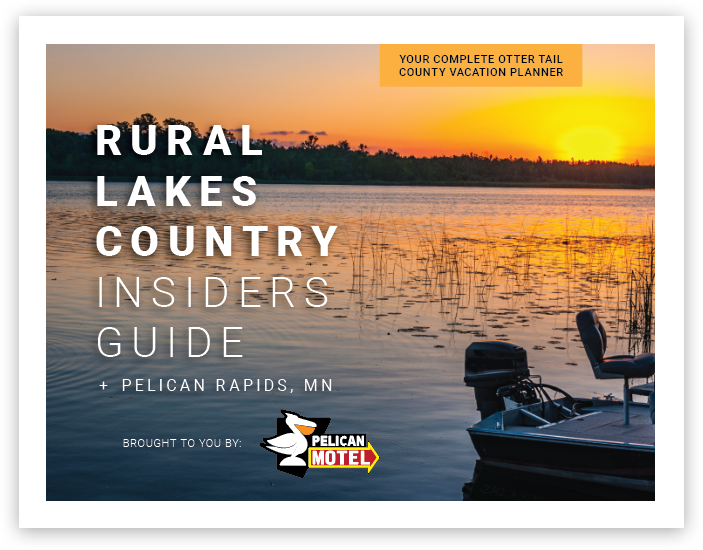
Finding the best places in Rural Lakes Country doesn't need to be hard.
See how easy we make it with our Local Insider's Guide.
You'll get local fishing tips, recommended restaurants, shopping, activities, & more.
Thank you!
Check your inbox for your Insider's Guide.
Walleye
Walleye are torpedo-shaped fish ranging from dark brown to yellowish gold, many times marked with brassy flecks. Its pearlescent eye is very sensitive to light and is the most distinctive part of the fish. They won’t have any dorsal spots on their dorsal fin and the lower tip of their tail will be white.
- Where to Find: Either in deeper water (below 10’) or in the shallows among weeds and grassy areas.
- Type of Bait: Live Bait. Try minnows, leeches, or nightcrawlers. Rubber and crankbaits also work.
- Rod/Reel: Medium to medium light, fast action spinning rods. Medium 30 - 35 sized reel.
- Time of Day: Late evening to early morning.
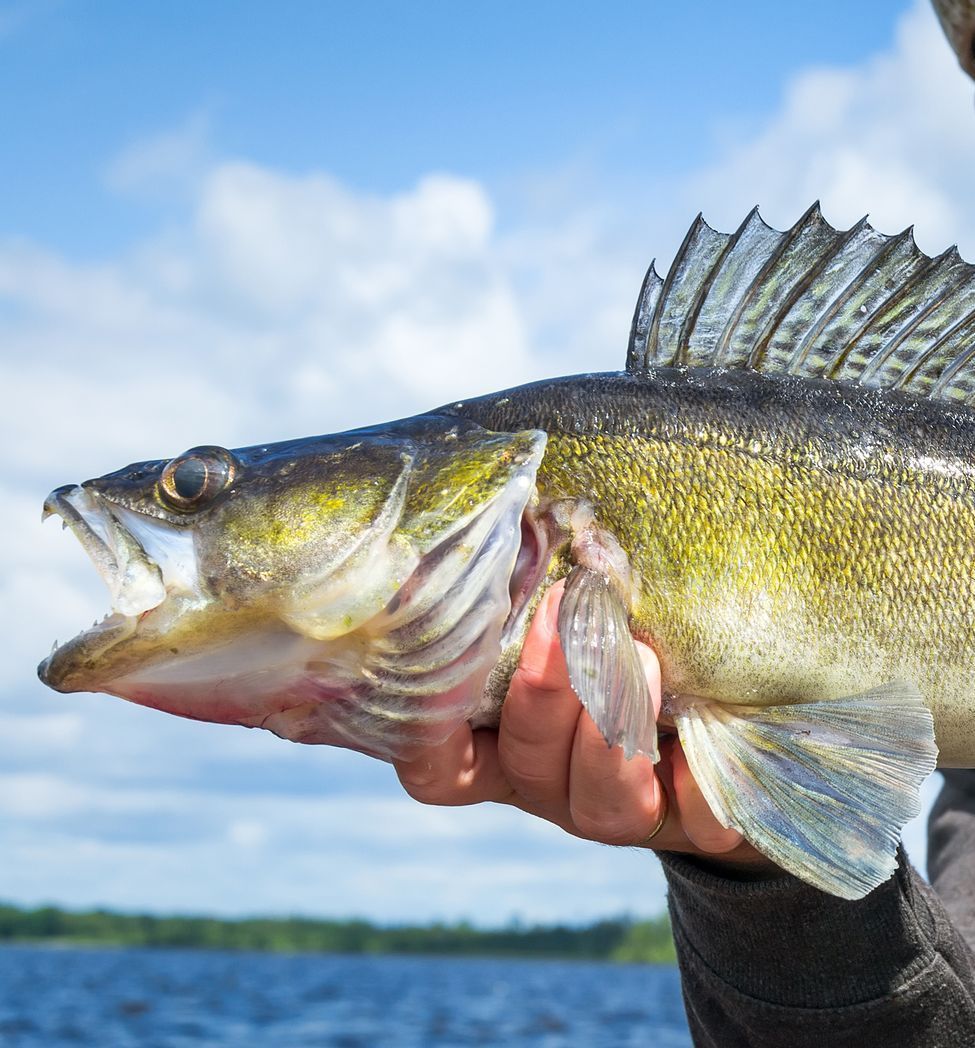
Largemouth Bass
The largemouth bass is arguably the most iconic gamefish there is. Named for its, well, large mouth, this bass is greenish-gray in color with dark blotches that run down each side. They are known for striking aggressively and fighting hard, which makes the catch all the more worth it.
- Where to Find: Springtime, they can often be found near the shoreline, typically near areas with direct sunlight. In the Summer, bass move to deeper waters.
- Type of Bait: Live bait. Try smaller fish (minnows, shiners) and crawfish. Plastic worms, Jigs, crankbaits, jerkbaits, and swimbaits will work, depending on water temperature and season.
- Rod/Reel: Graphite Medium - action rods work well. Casting rods are the tried and true method, but spinning rods will do fine. Consider also bringing a net.
- Time of Day: Dawn/Dusk are the best times. It’s possible to catch during the middle of the day, but you’ll need to opt for a slower, methodical approach.
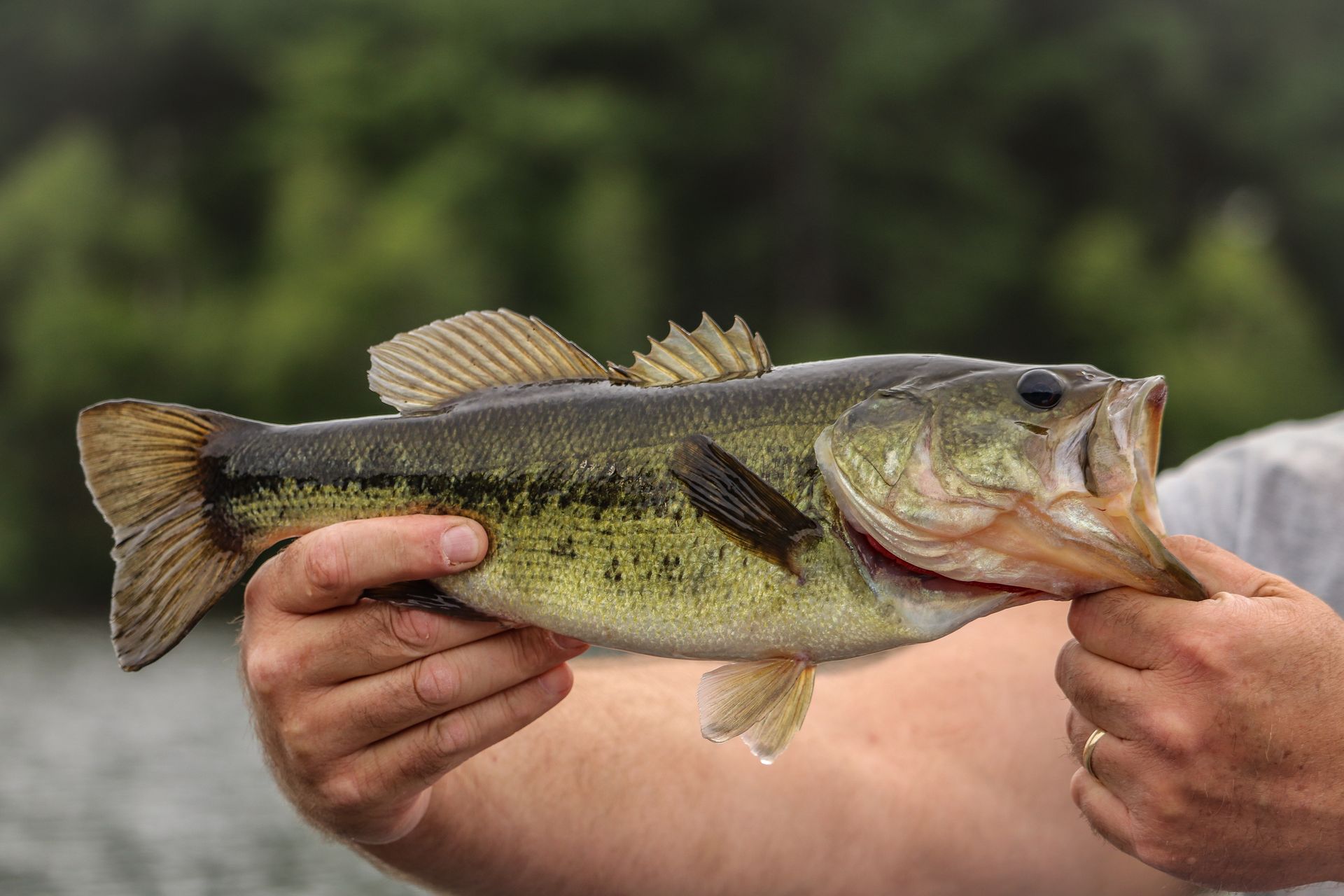
Smallmouth Bass
Smallmouth bass are the smaller, feistier cousin to the largemouth bass. It’s not uncommon for anglers to mistake them for much larger fish. These fish are typically brownish-green with reddish eyes. Dark vertical bands run down the flanks.
- Where to Find: These fish prefer colder water temperatures (60 degrees F or less). Look near shallow rocky shoals and eddies. They also can be found in deeper water.
- Type of Bait: Artificial baits. While all baits can work due to the aggressiveness of the fish, you may want to opt for lively plastic or rubber baits (crankbaits, jigs, etc.) to prevent live bait loss.
- Rod/Reel: Graphite Bass fishing rods. Bait or spin casting reels both work well. Consider also bringing a net.
- Time of Day: These fish are most active during summer time. Try catching around either dawn or the late afternoon (3 hours before dusk).
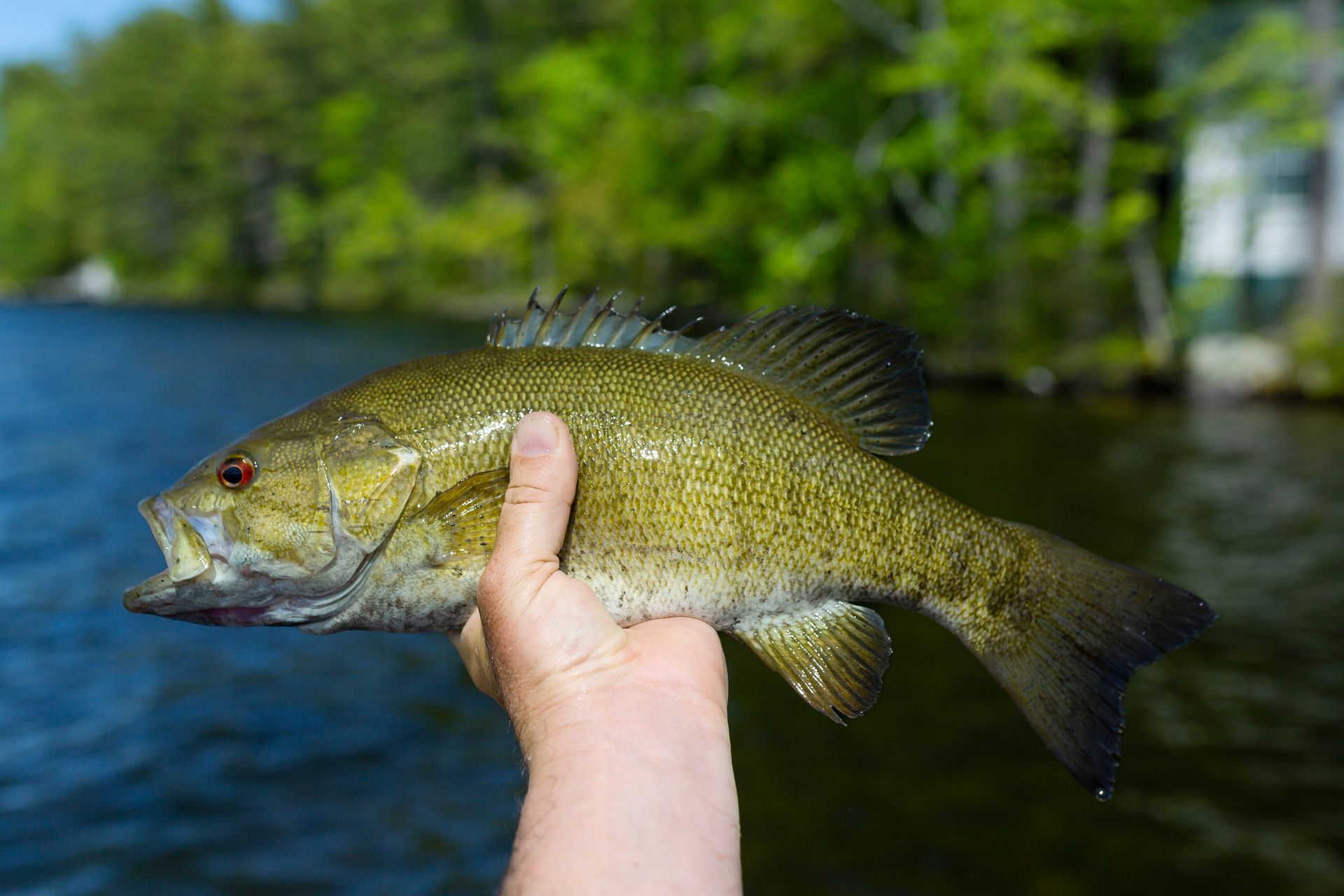
Northern Pike
Northern pikes are sometimes called freshwater sharks and for good reason. They are aggressive and powerful, sport a sleek serpentine frame, and have sharp, needle-like teeth. Though a challenge to catch, this fish makes for an excellent meal.
- Where to Find: Look towards shallower waters (2 - 15 feet). They tend to gravitate toward rocky points, weedbeds, or other spots with thick underwater vegetation.
- Type of Bait: Spoons, spinners, hard plastic baits. Try medium to large size lures to avoid catching other smaller fish. Swim your lures right above weedbeds.
- Rod/Reel: Medium-heavy action reels. Spin- or bait-casting reels both work. Use tougher fishing lines that are at least of a 15-pound test, as the line will be less likely to snap.
- Time of Day: Most any time of day. Try early mornings and early evenings.
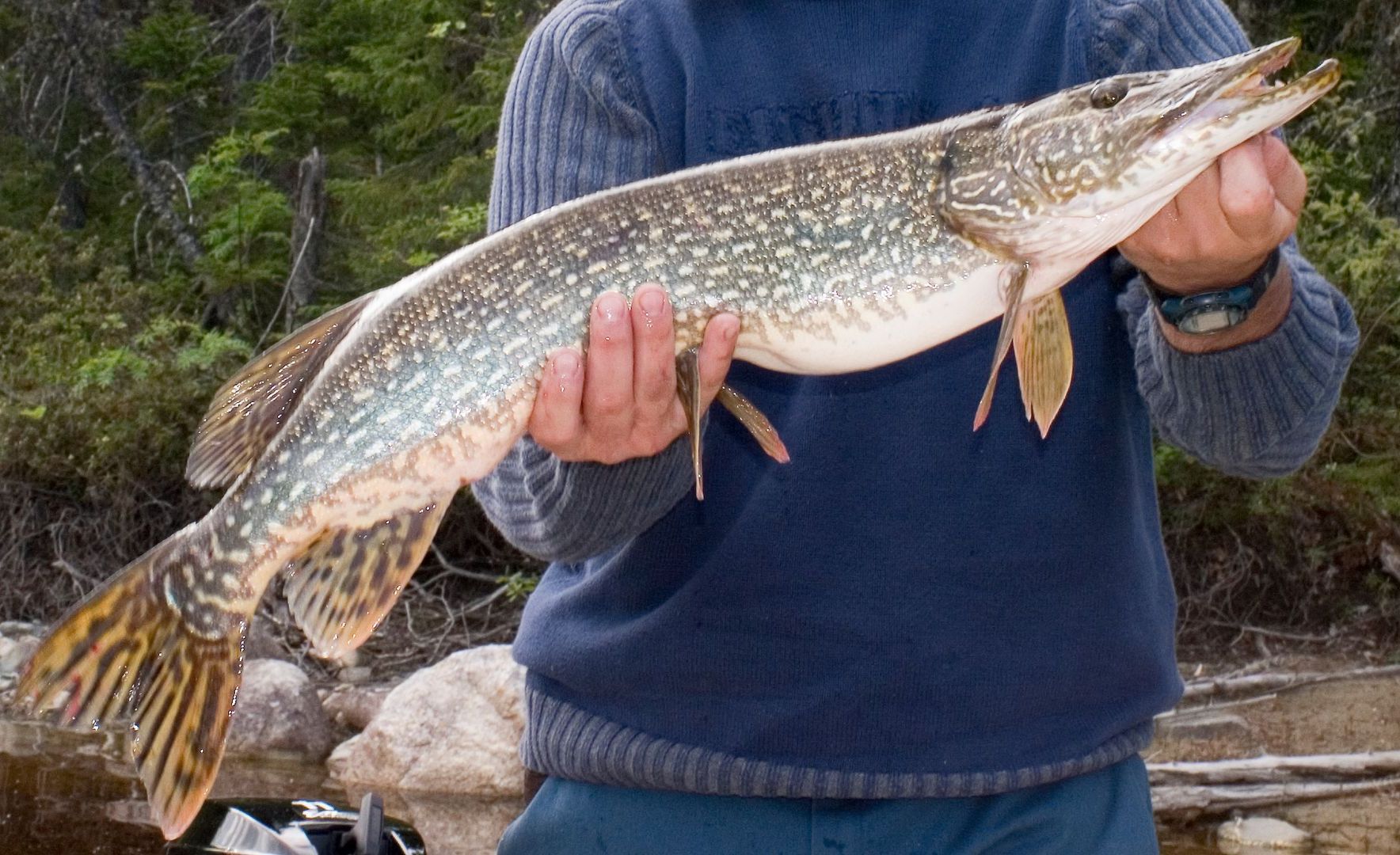
Musky (Muskellunge)
If you are looking for a real challenge, try Musky fishing. The Muskellunge is the bigger, angrier cousin to the Northern Pike and is known for putting the skills of a fisherman to the test. The Musky is typically light silver, green, or brown with dark vertical stripes on its flank. They are well known for their acrobatic jumps and ability to throw your hook.
- Where to Find: Pelican Lake is the best place nearby. They can be found near stumps, rock bars, ledges, and patches of vegetation.
- Type of Bait: Both live and artificial work. Use larger baits in the Fall and smaller baits in the Spring. Use wire leaders to avoid losing your lure. Constant, wide sweeping movements are a must. Bring a variety of lure colors.
- Rod/Reel: Medium-heavy action rods at least 7’. Bring a heavy braided fishing line rated to 50+ lbs (bring at least 80 lb line to be safe).
- Time of Day: Water temp tends to be more important than time of day, as Musky are oxygen-sensitive. Try fishing in waters between 33 and 78 degrees Fahrenheit.
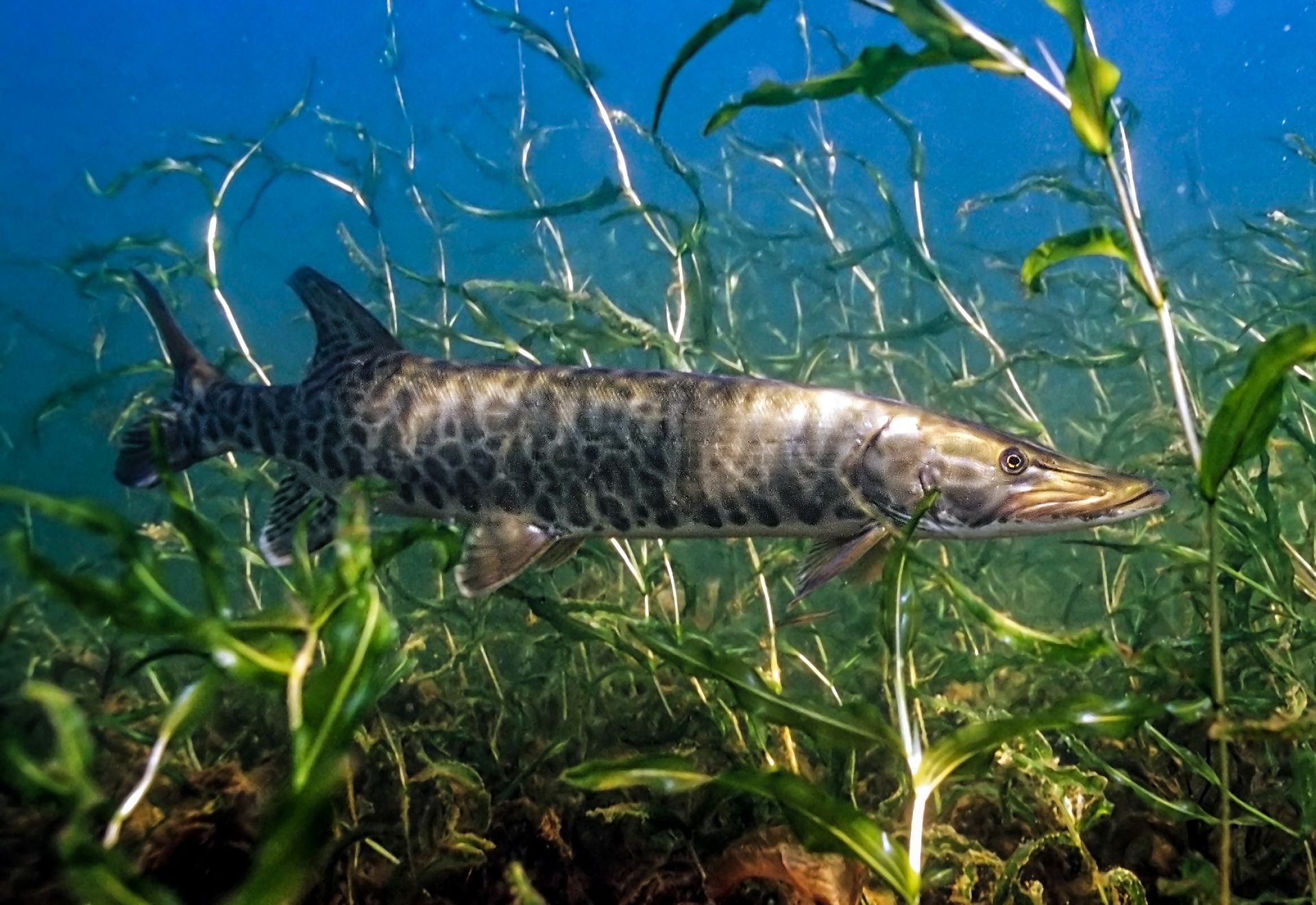
Crappie
Angling for Panfish is popular in Minnesota, with the crappie being the clear favorite. They are small but are absolutely delicious. The lakes nearby are filled with both black and white crappie. Black crappie have irregular dark speckles and 6+ spines on the dorsal fin while white crappie have dark vertical bars along their flank and have only 5 or 6 spines.
- Where to Find: Look near cover such as brush piles, trees, cattail stands, etc. during the spring. During late summer, try looking below 10 feet.
- Type of Bait: Minnows and other baits that imitate small fish are your best bet. Using a small jig (⅛ oz or smaller) or using a bobber are the most common lures to use.
- Rod/Reel: Any light spinning rod with reels loaded with a 6 pound test line will do nicely.
- Time of Day: Early dawn / dusk. In the colder months, try the afternoon or the warmest period of the day.
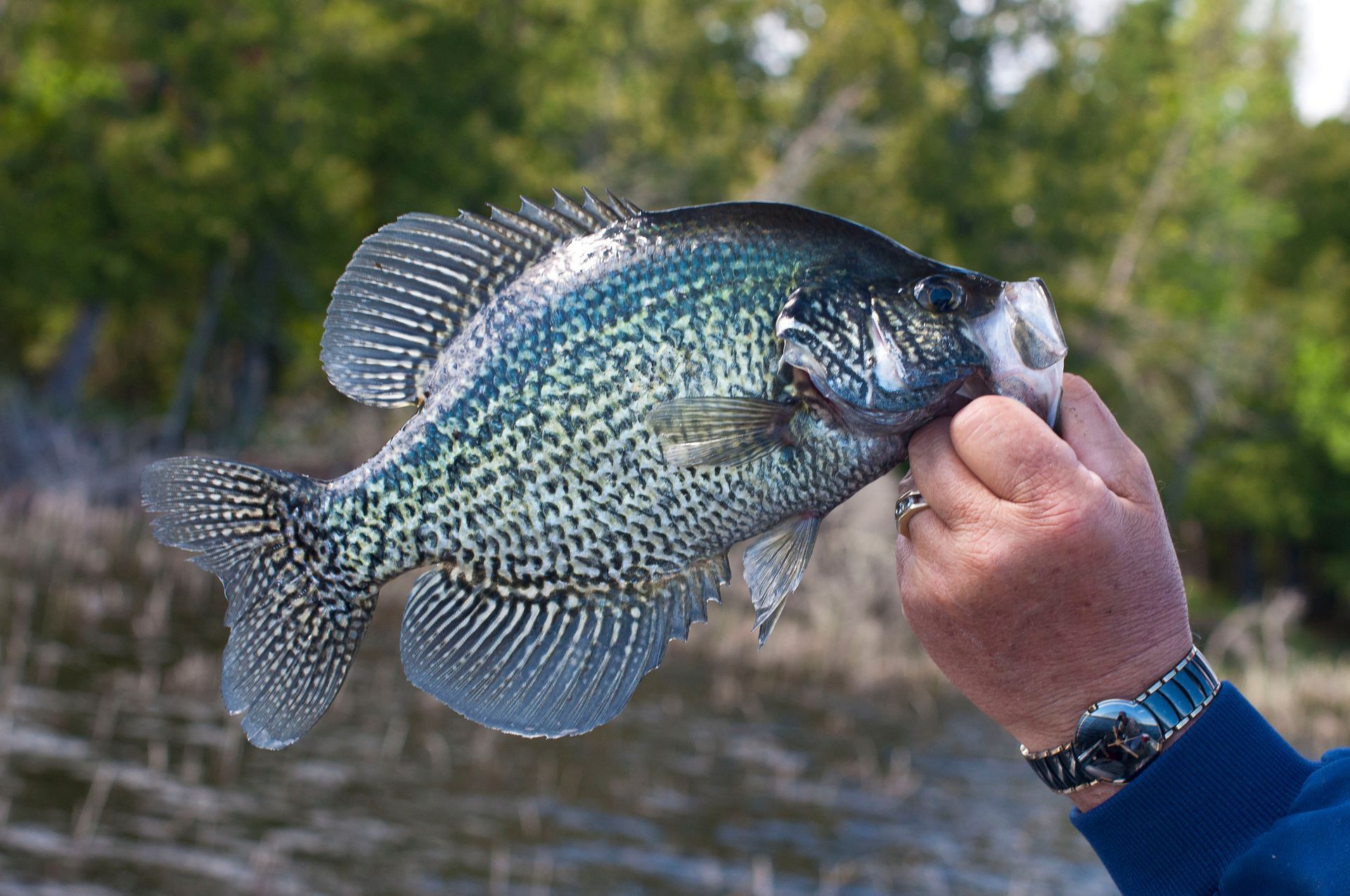
Sunfish
When people talk about sunfish, they are usually talking about the bluegill, which happens to be the most commonly caught fish in Minnesota. However, sunfish can also include other species such as pumpkinseed and warmouth. They are relatively easy to catch, making them great for beginners and kids.
- Where to Find: Typically speaking, sunfish love to be in the shallow waters where there is lots of cover, such as brush, weedlines, etc.
- Type of Bait: Think small, such as bobbers, tiny jigs, etc, anything that will suspend the bait. Use pieces of worms and nightcrawlers, just enough to cover the hook.
- Rod/Reel: Light spinning or telescopic rods do well. Four-pound test line is all that’s required.
- Time of Day: Early and late in the day. Sunfish don’t bite much at night.
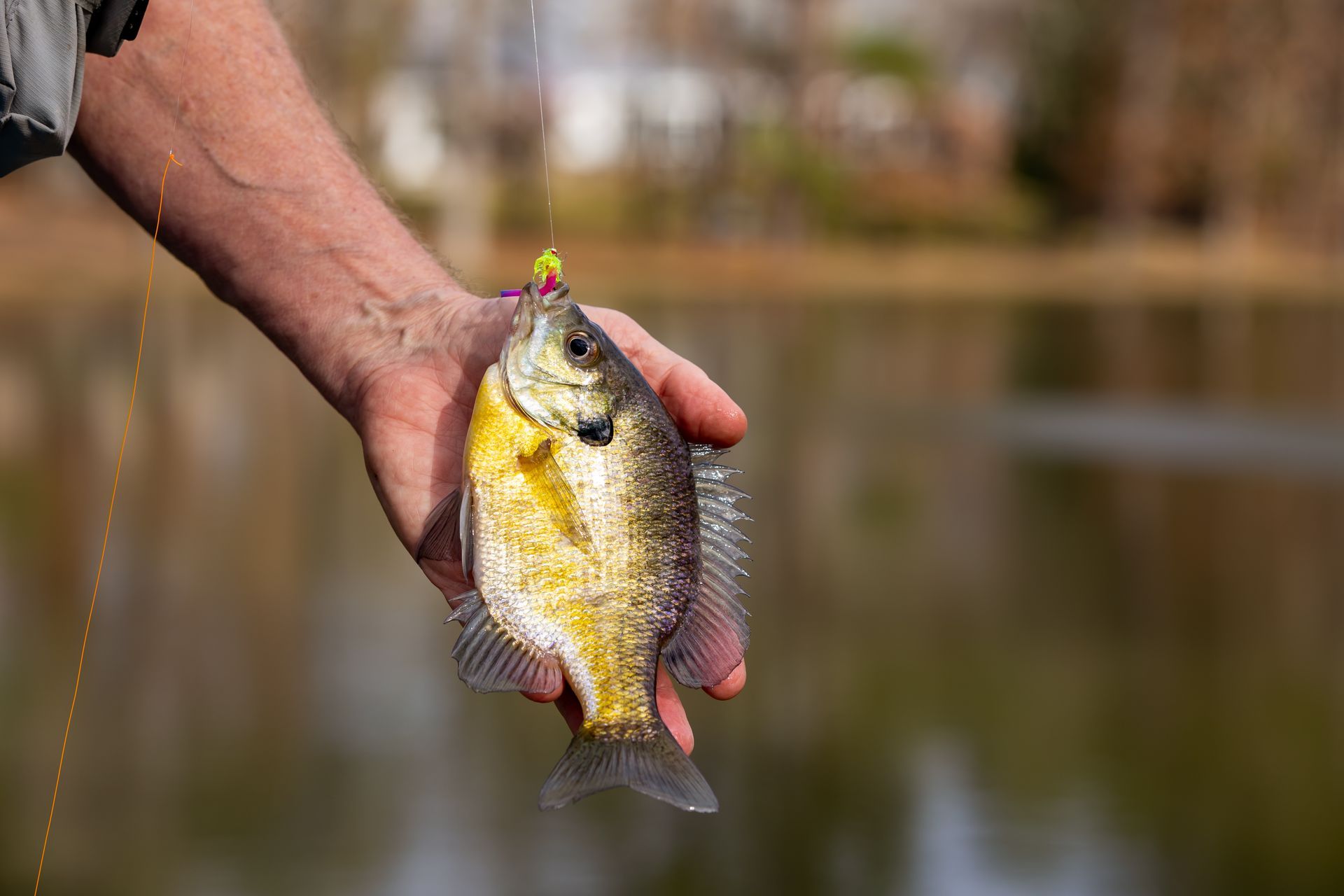
Hire an Expert
If you want the best chances at success, we’d highly suggest hiring a fishing guide. An experienced guide will not only know all of the best spots to fish, but can also teach you more about how to be successful while ice fishing.
If you are looking for a guide in Otter Tail County and are looking to catch crappie or bluegill, we highly recommend Cody Hill from CHill Guide Service. With over 30 years of experience fishing all of the lakes in the county, he’ll be able to teach you both the how and why behind the techniques necessary for a successful ice fishing outing.
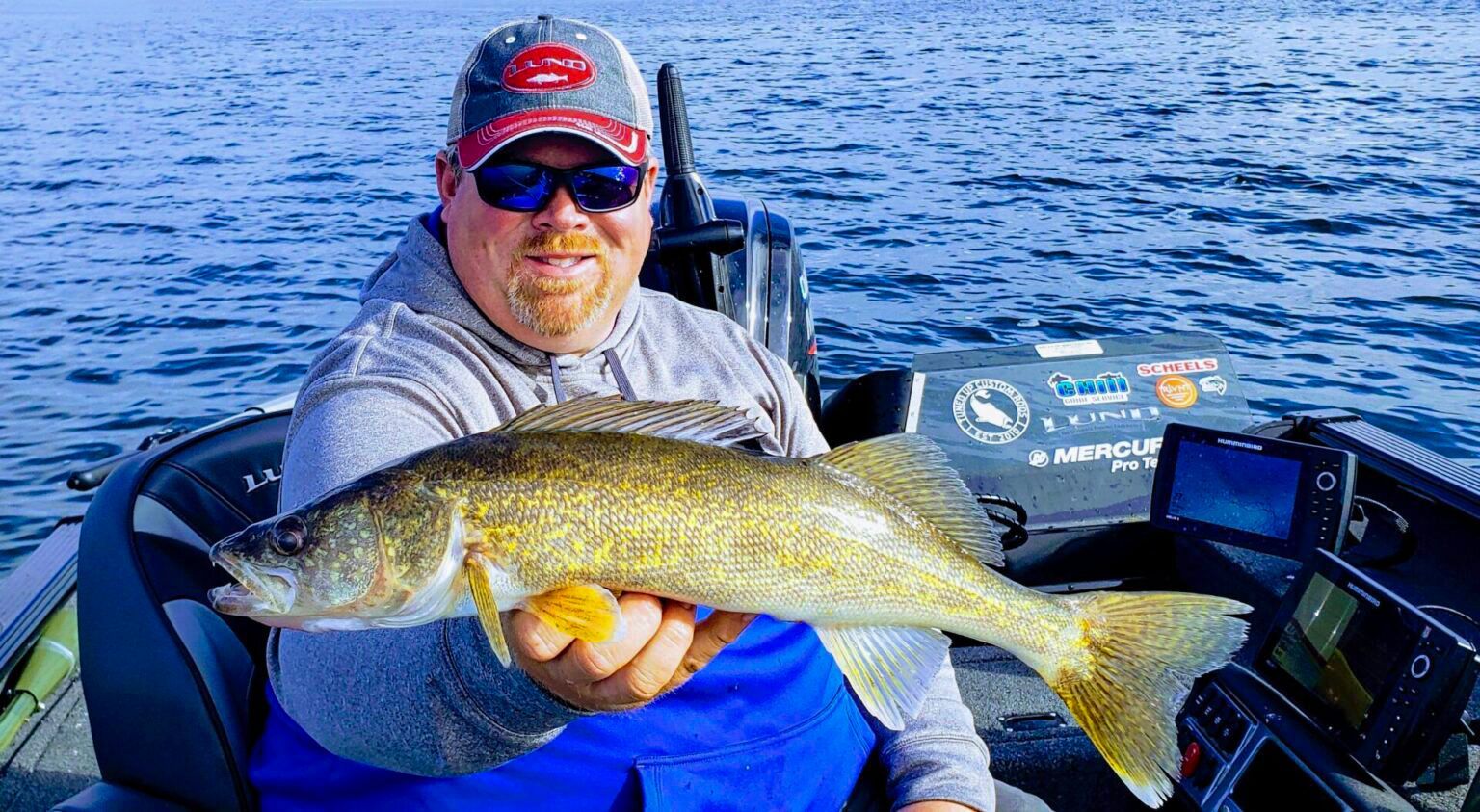
Location
900 N Broadway, Pelican Rapids, MN 56572, United States of America
Contact
